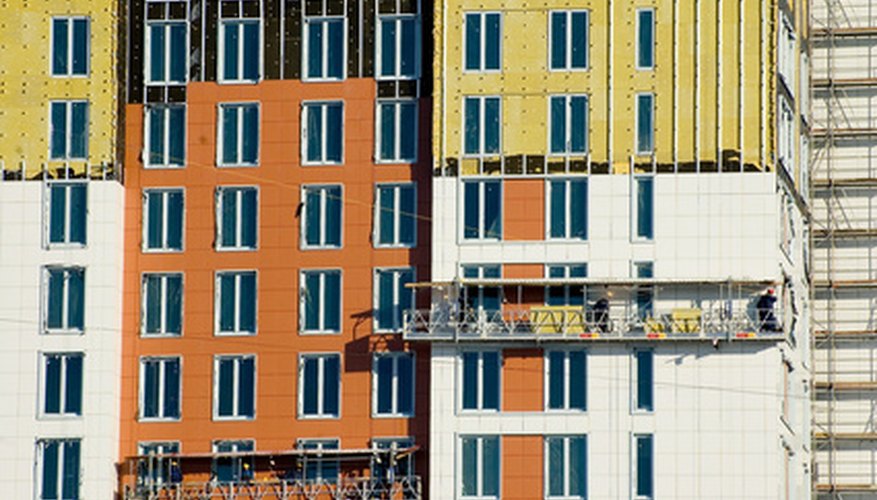Cladding--or 'siding', as it is sometimes known- is a means of covering the external wall of a building with another material, such as wood, concrete or metal. Cladding serves two main functions: It protects the building and can have good aesthetic qualities. However, there are a number of disadvantages to a cladding system.
Cost
Cladding can be very expensive, depending upon the material. While timber or metal cladding can be relatively inexpensive, concrete cladding can result in a large bill due to the increased amount of labour required.
Time
Depending upon the size of the structure and the material used, the installation of siding can take a long time. This also depends upon the quality of the original structure, which must be sound enough to support the cladding.
- Cladding--or 'siding', as it is sometimes known- is a means of covering the external wall of a building with another material, such as wood, concrete or metal.
- This also depends upon the quality of the original structure, which must be sound enough to support the cladding.
Repair
While cladding is low-maintenance--requiring a simple wash on a regular basis--if it is broken or dented, its aesthetic qualities are reduced and it may be difficult to repair the damaged part. This is especially common with metal cladding, which can easily be dented. Also, if the cladding is not installed properly, the underlying structure can be damaged.
